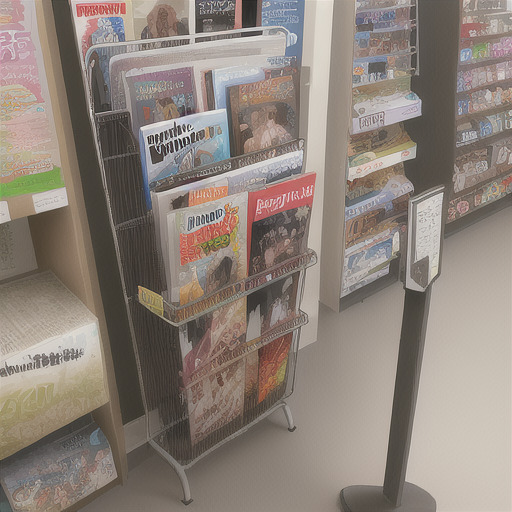It is unlikely that Television, Magazines and Newspapers being replaced by AI will happen in the near future. However, AI is changing the way that all media is produced and consumed, and it is important for these industries to adapt to these changes.

Advertising and Viewers / Readers
One of the biggest challenges facing television, magazines and newspapers is the decline in advertising revenue. AI is making it easier for advertisers to target their ads to specific audiences, and this is leading to a shift in advertising spending away from traditional media outlets.
Another challenge facing these outlets is the rise of new media platforms, such as social media and streaming services. These platforms are competing for the attention of consumers, and they are often able to offer more personalized and interactive experiences.

How can AI help
AI, however, can help television and newspapers to address these challenges. For example, AI can be used to personalize content for individual viewers and readers. AI can also be used to create more interactive and immersive content experiences. Additionally, AI can be used to automate tasks such as news gathering and reporting, which can free up journalists to focus on more creative and strategic work.
Overall, AI is having a mixed impact on the television, magazines and newspaper industries. On the one hand, AI is making it more difficult for these industries to generate revenue. On the other hand, AI is also providing these industries with new tools and opportunities to adapt to the changing media landscape.
It is likely that television and newspapers will continue to play an important role in the media landscape in the years to come. However, these industries will need to adapt to the changing technological and economic environment. AI will play a key role in this adaptation process.

The changing landscape
AI is already changing media consumption and its impact is only going to grow in the years to come.
AI algorithms can be used to analyze our browsing and consumption history to suggest content that is tailored to our individual preferences. This is already being done by many streaming services, such as Netflix and Spotify, and it is becoming increasingly common on other platforms, such as social media and news sites. As AI algorithms become more sophisticated, we can expect to see even more personalized content recommendations, leading to a more engaging and satisfying content experience.
AI is also being used to generate content itself, including news articles, blog posts, and even creative works such as poems and novels. This is still in its early stages, but it has the potential to revolutionize the way we consume media. For example, AI-generated news articles could be personalized to our individual interests, and AI-generated creative works could be tailored to our specific tastes.

Media Immersion
AI can also be used to create more interactive and immersive content experiences. For example, AI-powered chatbots and virtual assistants can be used to create interactive stories and games. AI can also be used to create augmented reality and virtual reality experiences that are more realistic and engaging than ever before.
In addition to these specific changes, AI is also having a broader impact on the way we consume media. For example, AI is making it easier for people to find and access content from all over the world. AI is also making it easier for people to create and share their own content. Overall, AI is making media consumption more personalized, interactive, and immersive.

What is happening now
There are many examples of how AI is being used to change media consumption today. Netflix uses AI to analyze its users’ viewing history and suggest new content that they are likely to enjoy. This has helped Netflix to become one of the most popular streaming services in the world. Spotify uses AI to create personalized playlists for its users based on their listening habits. This has helped Spotify to become the leading music streaming service in the world. TikTok uses AI to recommend short videos to its users based on their preferences. This has helped TikTok to become one of the most popular social media platforms in the world. Facebook uses AI to personalize the content that users see in their feeds. This has helped Facebook to keep users engaged and coming back for more. Google News uses AI to personalize the news articles that users see in their feeds. This has helped Google News to become a trusted source of news for millions of people around the world.
These are just a few examples of how AI is being used to change media consumption today. As AI continues to develop, we can expect to see even more innovative and transformative ways to consume media in the future.
For more AITV click here.



